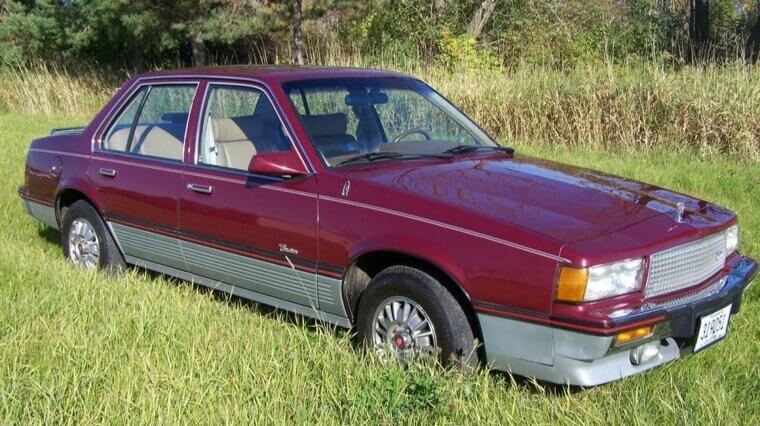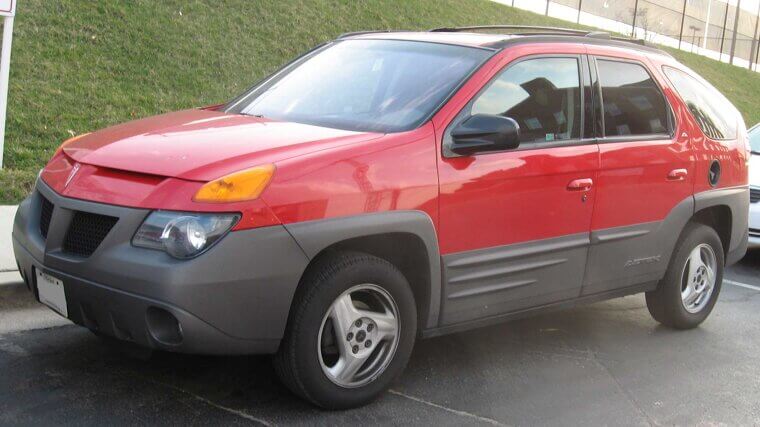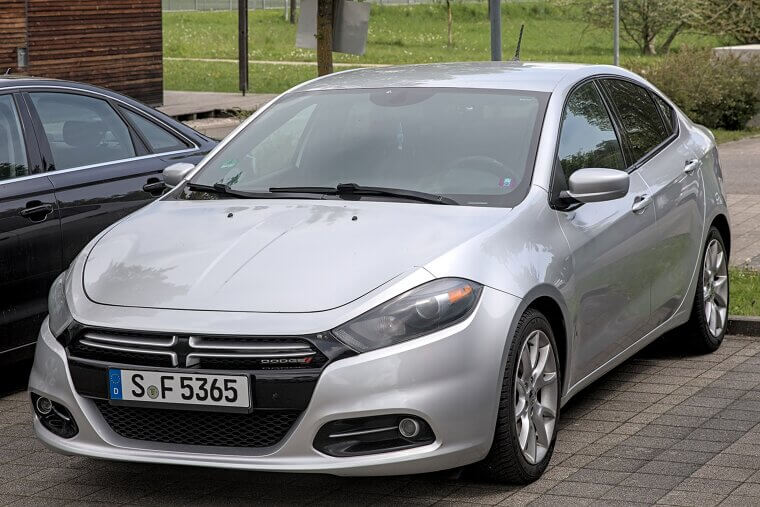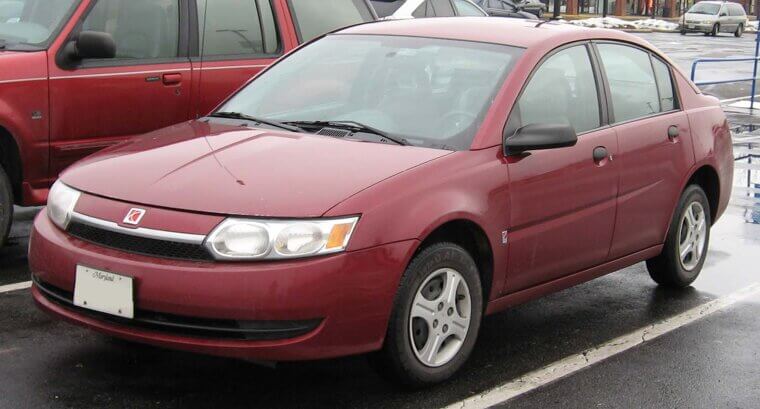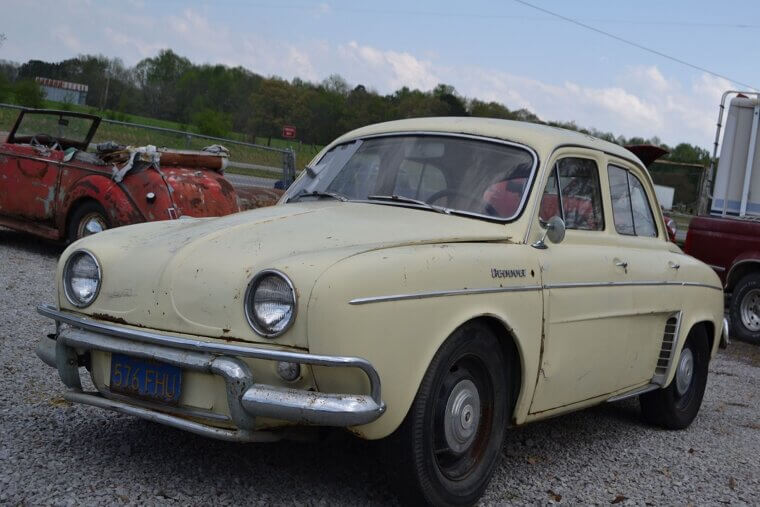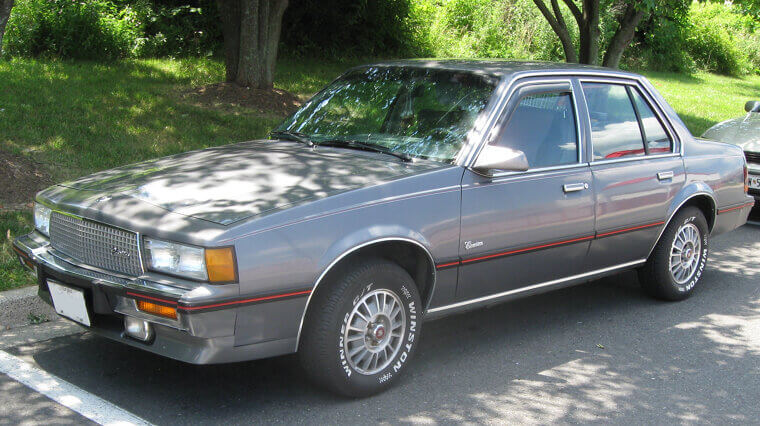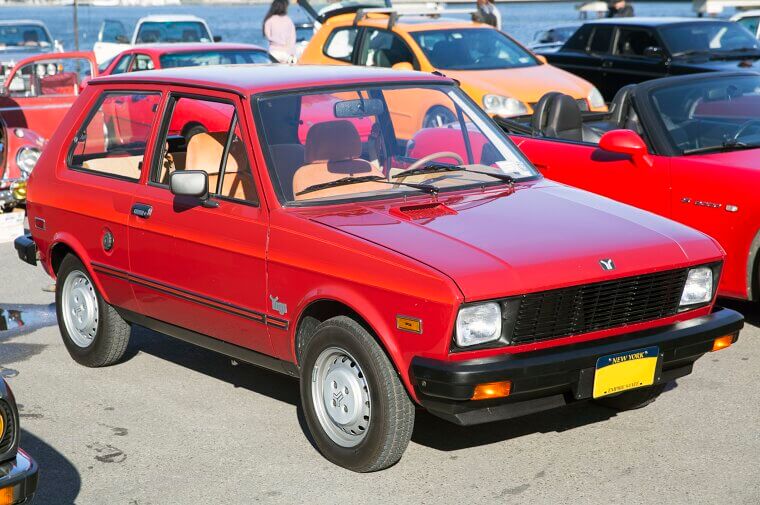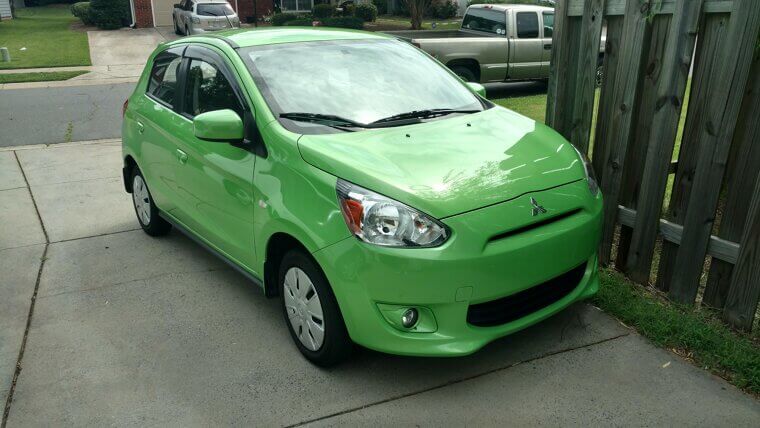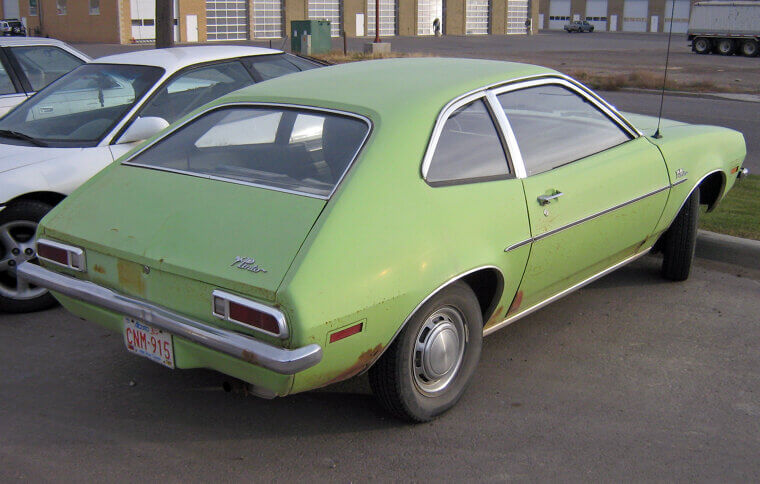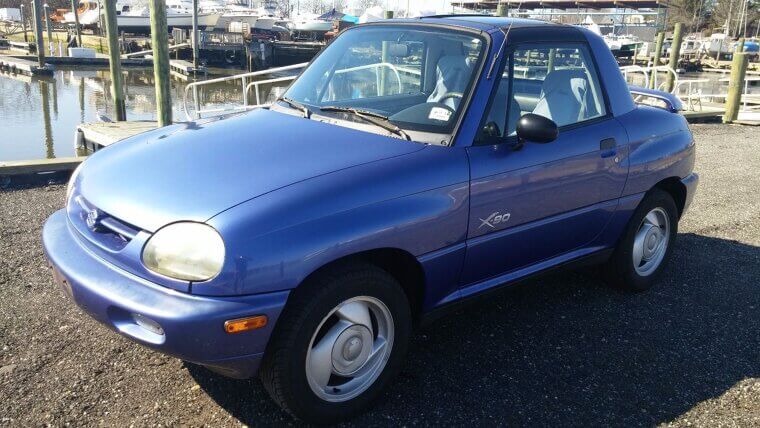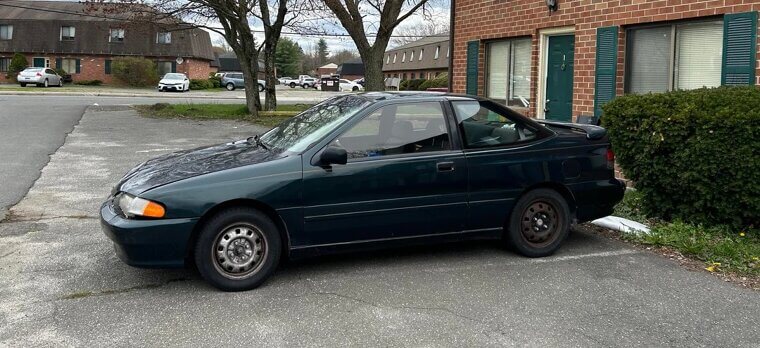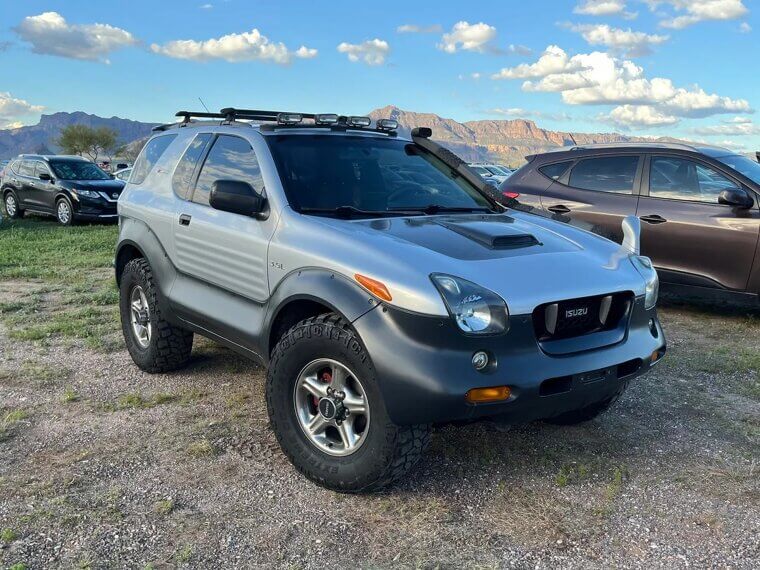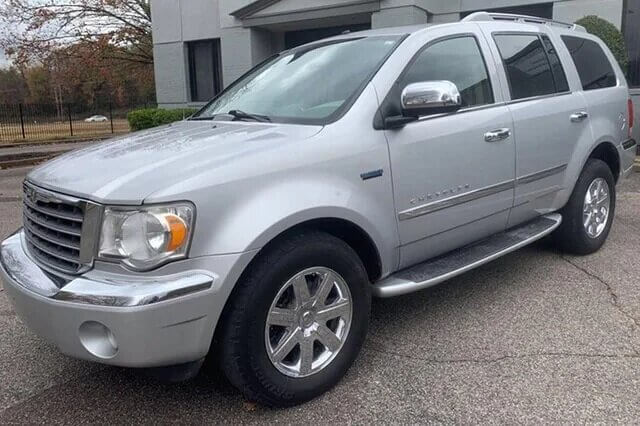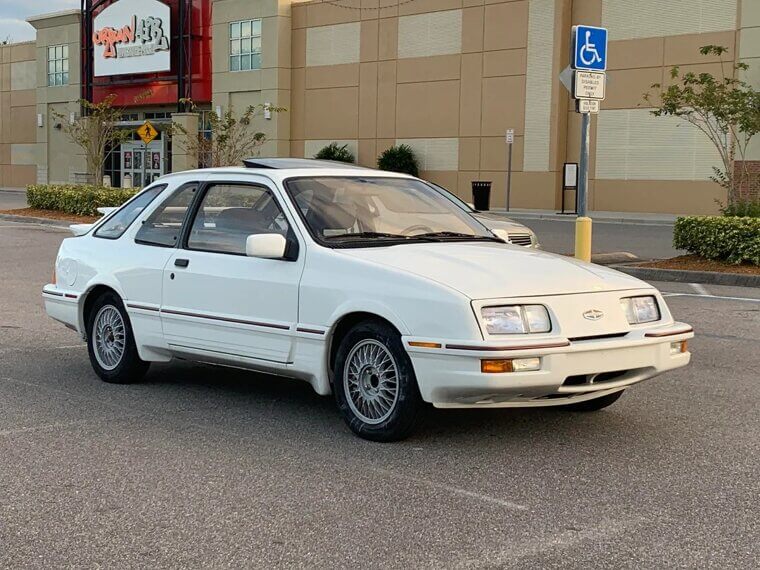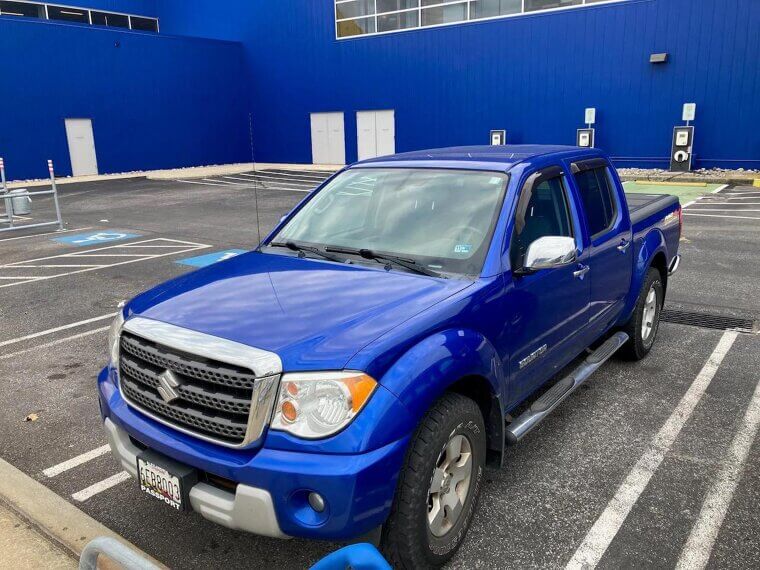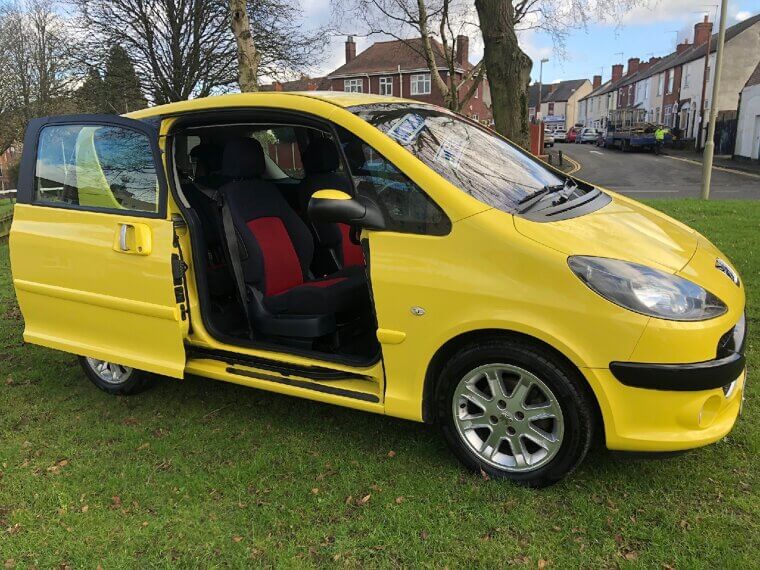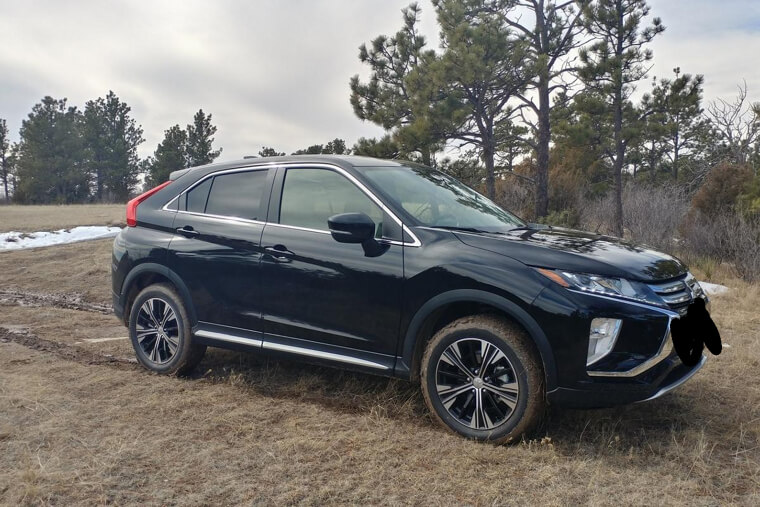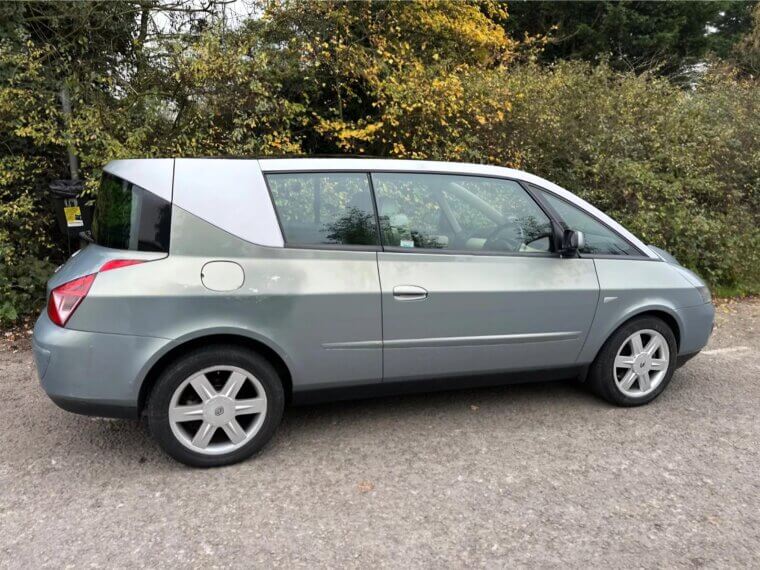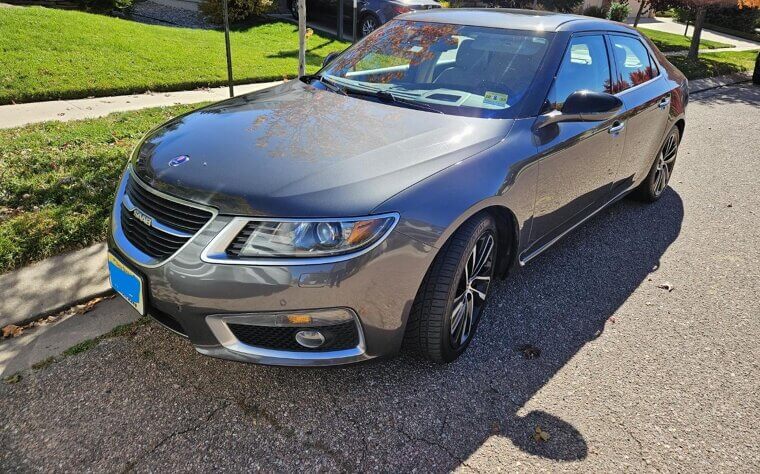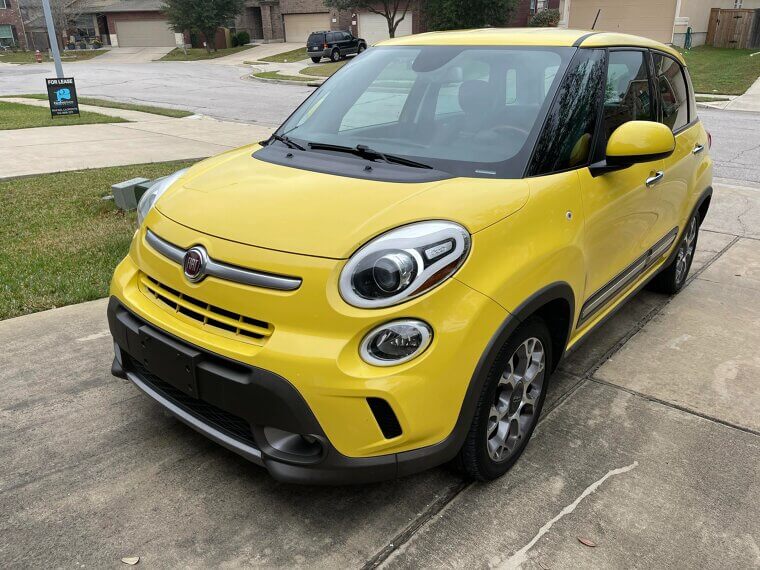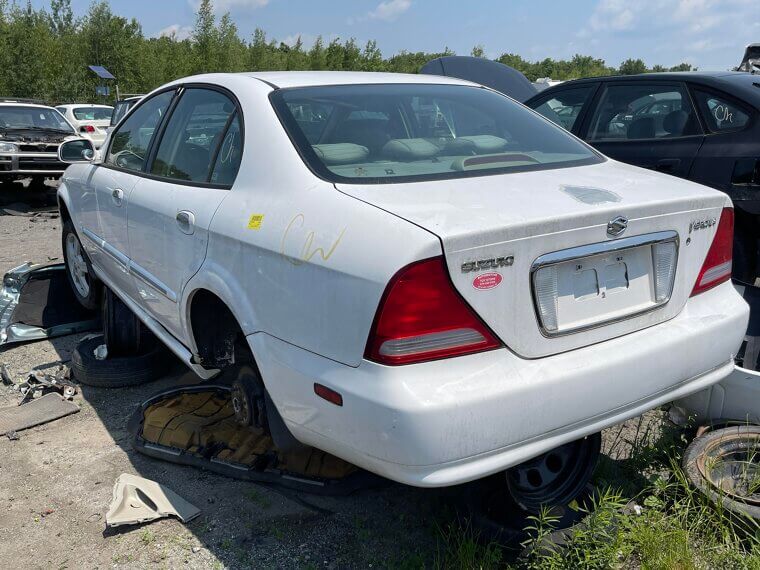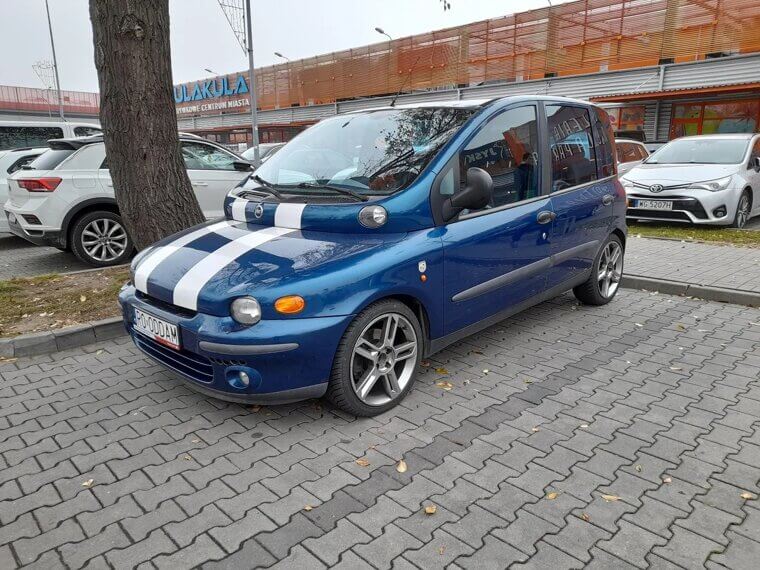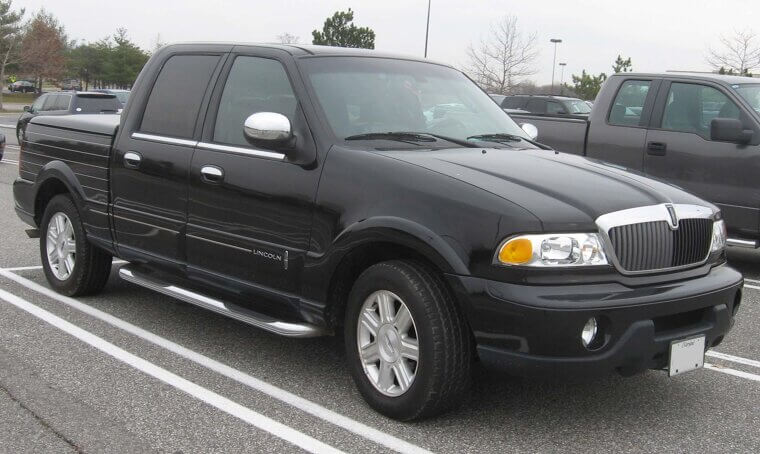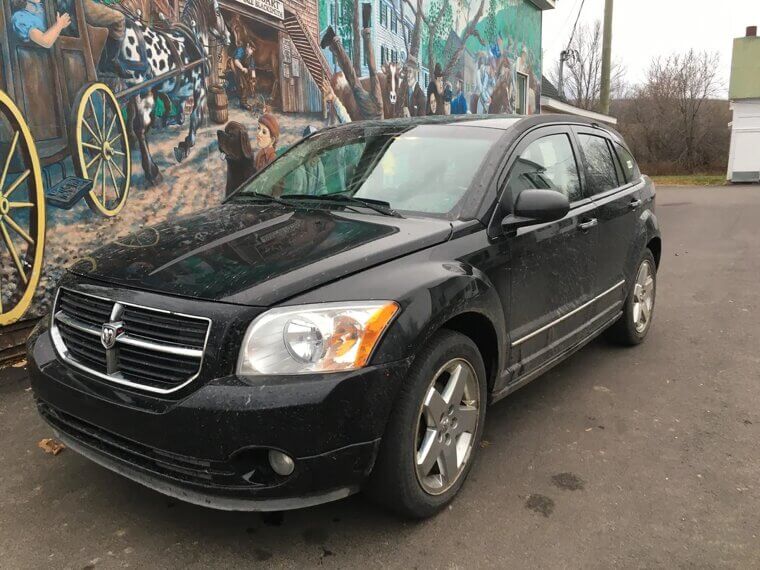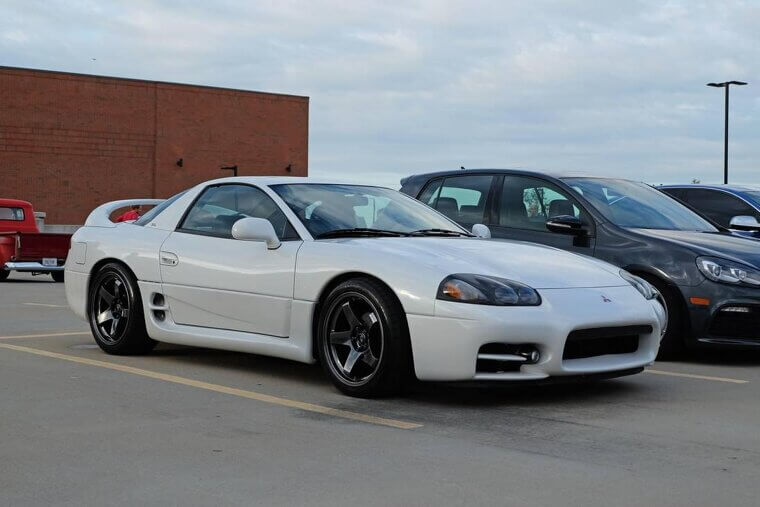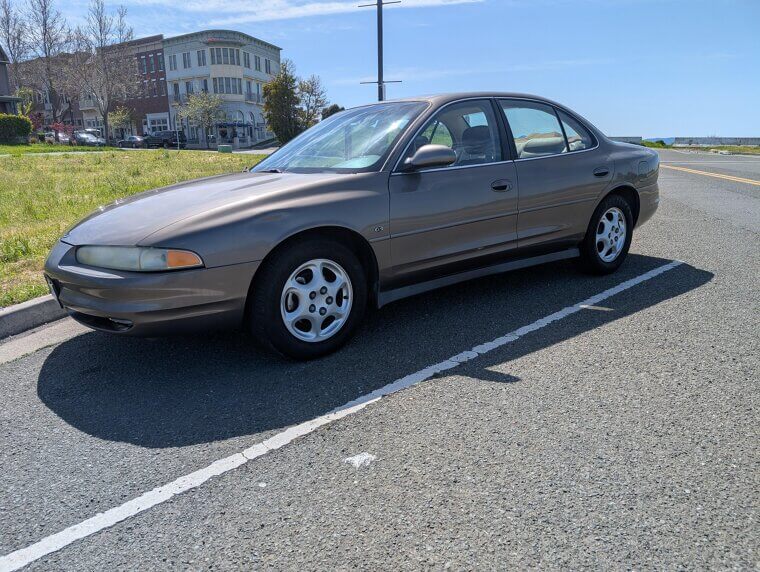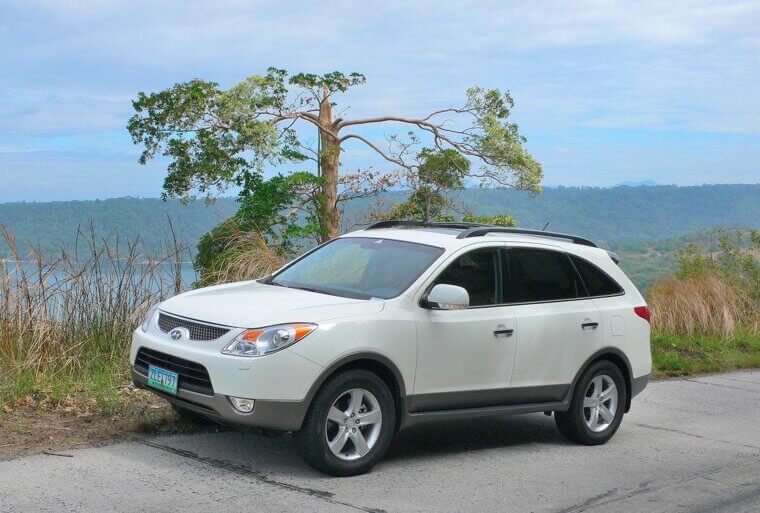These Cars Were so Unreliable That Their Automakers Pulled Their Production
Some cars arrive at the scene with big promises, but end up stalling out in reality. Between endless repairs, angry owners, and reputations they couldn’t shake, these cars were pulled from production sooner than planned. Let’s take a look at the most infamous “quitters” of the car world.
Pontiac Aztek
Pontiac marketed the “Breaking Bad” vehicle as ahead of its time. However, drivers ended up with terrible electronics, unreliable transmissions, and interior quality that felt like it was put together in someone’s garage. It wasn't long until GM took pity on the Aztek and killed it.
Dodge Dart
Chrysler hoped Millennials would fall in love with the Dart revival. Unfortunately, they delivered engines that underperformed, mechanical hiccups at every turn, and all around horrible resale value. Let's just say no one was waiting for the sequel.
Saturn Ion
Saturn's funky Ion may have looked different, but that was the fun of it. It suffered from frequent ignition switch failures (later implicated in GM's massive recall fiasco), cheap interior materials, and a ride as harsh as a shopping cart. Customers bailed, Saturn killed the Ion, and soon after, the entire brand disappeared.
Renault Dauphine
The Dauphine promised European charm, but in America, it quickly earned a reputation as one of the most unreliable imports ever. Slow and prone to rust and breakdowns, it became a punchline. Time magazine even called it one of the “worst cars of all time.” Renault bailed out fast.
Cadillac Cimarron
The Cimarron drove like a cheap economy car, broke down constantly, and brought shame to the brand. Buyers revolted, and GM withdrew it early, pretending it was an experiment gone awry.
Yugo GV
The Yugo was advertised as the "$3,990 brand-new car". What they didn't tell buyers was that the Yugo actually broke down pretty much all the time, even during test drives. With electrical faults, cheap parts, and engines that just suddenly gave up on you, it was doomed from the start, and disappeared fast.
Mitsubishi Mirage
The Mirage was supposed to be Mitsubishi’s reliable compact car, but U.S. versions were plagued with weak engines, rattly interiors, and a never-ending stream of transmission problems. Sales plummeted, and Mitsubishi killed it, only for it to make a sad return later.
Chrysler Sebring
The Sebring was Chrysler’s “affordable luxury” promise, except it delivered neither. Between shoddy interiors, weak engines, and transmissions that loved to quit mid-commute, its sales tanked, and owners complained nonstop. Chrysler pulled the plug, pretending it never happened.
Ford Pinto
The Pinto is remembered for the "explode-on-impact" gas tank scandal. Stalling, recalls, and shoddy engineering plagued it. Ford ultimately pulled the plug, and it is now one of the most infamous cautionary tales in car history.
Suzuki X-90
Weird looks weren't the only problem the X-90 had. It also had an underpowered engine, a flimsy build, and continual reliability problems. Even eccentric drivers gave up when it spent more time in the shop than on the road.
Hyundai Scoupe
Before Hyundai rebranded itself, it had the Scoupe. The Scoupe was a “sports coupe” that wasn’t sporty, reliable, or durable. Hyundai eventually saw that it couldn't compete and decided to stop production early, paving the way for better cars later.
Oldsmobile Diesel Cars
Oldsmobile's diesel engines failed surprisingly fast. With problems with the head gaskets and issues with the fuel systems, they destroyed GM's diesel reputation for decades. It's no wonder that production was cut short, and many of these vehicles did not survive their first years.
Renault Alliance
Built in America by AMC with French engineering, the Renault Alliance sounded great until it spent more time in the shop than on the road. Poor build quality, parts shortages, and reliability nightmares made the car an Alliance against itself. Production ended quickly.
Isuzu VehiCROSS
The VehiCROSS had a nice design but was poorly executed. It had transmission failures, suspension issues, and parts that could not be sourced. Isuzu gave up on it before buyers did.
Ford Freestar
Ford thought it had the minivan market figured out with the Freestar. It did not. Transmission failures were so rampant that they defined the car. Performance was weak. Recalls were endless, and families skipped. Ford yanked it early, leaving buyers stranded with a lemon.
Chrysler Aspen Hybrid
The Aspen Hybrid was Chrysler's short-lived and ill-fated attempt at going green. Sadly, it drank gas almost as badly as the non-hybrid version, and the hybrid system often failed. Very few bought it, and even fewer kept it running. Chrysler killed it within two years.
Merkur XR4Ti
The Merkur XR4Ti was an attempt to bring the performance of Ford's European vehicles to the U.S. Instead, it brought constant mechanical headaches and service nightmares. Dealers didn't even know how to fix them, and parts were scarce. Sales plummeted, and Ford killed the Merkur brand.
Suzuki Equator
Suzuki hoped that by rebadging a Nissan Frontier, they could gain pickup cred. Instead, the Equator sold poorly and had all the reliability issues of a Nissan. They soon figured out that nobody wanted a truck with a Suzuki badge on it, and the Equator disappeared faster than its U.S. dealer network.
Peugeot 1007
This was a compact car with huge sliding doors, which was a great concept until it broke (which was often). Owners spent more time struggling with stuck doors than enjoying Peugeot's eccentricity. After a terrible sales run and thousands of complaints, Peugeot pulled the plug a couple of years later.
Sterling 825/827
The Sterling was Britain’s ill-fated attempt to penetrate the U.S. market by rebadging a Rover with Honda parts. The problem was that the build quality was awful. Sterling’s U.S. adventure peaked quickly, and most buyers wished it had never happened.
Mitsubishi Eclipse Cross
Mitsubishi believed it was a brilliant idea to throw the name "Eclipse" on a crossover. Fans did not share this sentiment, and the car's rickety CVT and cheap interior didn’t help. The Eclipse Cross limped into showrooms and left just as quickly.
Renault Avantime
The Avantime was Renault's take on luxury. It was certainly unique, that's for sure, but it was far from dependable. With electrical gremlins, questionable build quality, and its identity crisis, the Avantime was quickly discontinued almost as fast as buyers realized it was a mistake.
Oldsmobile Achieva
Meant to revive Oldsmobile’s reputation, the Achieva instead showed just how bad GM’s quality control was in the ‘90s. Engines coughed, transmissions groaned, and owners groaned louder. The car “achieved” very little except shortening Oldsmobile’s lifespan, and it was pulled from production with little fanfare.
Saab 9-5 (Second Generation)
The second-gen 9-5 had style but not staying power. Released just before Saab went under, it had half-baked electronics and parts shortages that turned maintenance into a nightmare. Production stopped almost immediately, so it’s more of a rare cautionary tale than a car.
Fiat 500L
The 500L wanted to be a family Fiat and ended up being a headache. Its styling was ugly, its interior was cramped, and it had a reputation for constant breakdowns, making it one of the least-loved Fiats of all time. Dealers were practically begging people to take them off the lot, and production thankfully was short.
Saab 9-7X
Saab made the bold move of stepping into the SUV world by using the Trailblazer platform from GM. The result was a reliability nightmare. Production ended abruptly, and fans are still wondering why the quirky Swedish brand strayed so far from its roots.
Suzuki Verona
Suzuki's mid-sized sedan was set to compete against the Camry and the Accord. Unfortunately, it couldn't even compete with itself. Transmission issues, lackluster engines, and a million check-engine lights led to it fading into obscurity quickly. It was so forgettable that most people didn't even realize it had left Suzuki's showrooms early.
Fiat Multipla
The Multipla was mocked for its alien-like styling, but that wasn’t its biggest problem. Engine trouble and electrical gremlins kept it in the shop. Production didn’t last long, and while some collectors love its weirdness today, reliability was the nail in its coffin.
Lincoln Blackwood
Lincoln’s luxury pickup promised elegance and utility but delivered neither. The bed was lined like a fancy trunk, the electronics failed constantly, and parts were impossible to find. With fewer than 4,000 built, it was yanked after one year. Today, it’s a quirky collectible with a bad rep.
Chevrolet Vega
Chevrolet hyped the Vega as a stylish compact of the future. However, owners soon discovered that the aluminum engines overheated and fell apart, and the body rusted faster than you could wash it. GM killed it before it could drag the brand down even further.
Dodge Caliber
The ads made the Caliber look sharp, but owners were constantly stranded, and the CVT transmission failed all the time. Suspension problems and cheap interiors quickly killed its reputation. Dodge discontinued it after a few years and replaced it with the Dart, which wasn't much better.
AMC Gremlin
AMC designed a compact car to be weird and quirky, but the Gremlin’s design appeared unfinished, as if someone had snipped the back half off. When you also consider its poor reliability, the Gremlin was doomed. Production stopped, but the jokes never did.
Mitsubishi 3000GT
The Mitsubishi 3000GT had everything it needed to be a sports car legend: twin turbos, all-wheel drive, and active aero. But the technology was complicated, costly to maintain, and prone to failure. Sales stalled, repairs were expensive, and Mitsubishi walked away early.
Oldsmobile Intrigue
Oldsmobile tried to rebrand itself with the Intrigue, a sleek sedan that was supposed to attract younger buyers. Instead, it had electrical issues and engine problems. With Oldsmobile itself on life support, the Intrigue was dropped quietly, another nail in the brand’s coffin.
Hyundai Veracruz
The Veracruz is Hyundai’s first entry into the large SUV market, and it was not without problems, especially with the transmission, suspension, and a general lack of interest. Hyundai quit early and focused on more lucrative crossovers.

